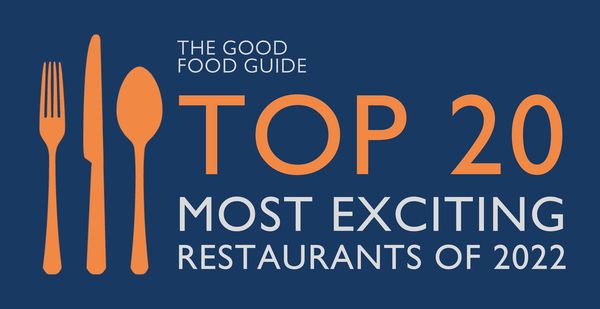The summer heat makes the mind wander to blue seas and sandy beaches, and nothing screams holiday more than a frozen drink and the taste of tropical fruits. The Piña Colada (literal translation: ‘strained pineapple’) with its fruit forward profile, thick texture, curvy glassware and flamboyant garnish had lost its ‘cool’, as drinks trends have leaned into clarified liquids, booze driven flavours, and minimalist glassware. But Piña Coladas, typically made with rum, coconut cream, pineapple juice and fresh lime and adorned with paper umbrellas, pineapple slices, cherries, are – rightly! – having their time in the sun again. It might be nostalgia, not wanting to take ourselves so seriously, or simply daydreaming, but whatever the reason we should all embrace the Piña Colada. And, they’re just as good alcohol-free, so everyone can join in.
Essential to a Piña Colada is the coconut and the pineapple, two ingredients with different origins. Coconuts were first domesticated in Southeast Asian islands but very quickly spread throughout the Pacific and South Asia, where they’ve continued to hold cultural importance. With the colonisation of the Americas, coconuts now grow in various parts of the Americas (there is some proof they were introduced pre-Columbian Exchange). Pineapples are indigenous to South America, were introduced to South Asia by the Portuguese, and now grow across the tropical belt. The Piña Colada came into being in Puerto Rico, most likely in the mid ‘50s, bringing together the two ingredients, and over the years have been included in the ‘Tiki’ family of drinks, although not technically part of that tradition.
Tiki drinks, and the aesthetics that go along with them, were concocted by Donn Beach, a Texan, in Los Angeles in the 1930s at the end of prohibition, then further popularised along with the broader ‘tropical’ style drinks (including the Puerto Rican Piña Coladas and the Cuban Daiquiri) by American military men post WWII looking for the island escapism they had found whilst serving in the South Pacific islands. Tiki is a Māori word for first people and is related to Māori mythology, and much of the traditional Tiki glassware is fashioned after skulls or sacred Pacific carved statues. The Tiki style comes from wartime colonialism and appropriates other cultures, identities and sacred imagery, taking inspiration without cultural context.
This is changing as an understanding of tropical drinks looks at histories, focuses on ingredients and flavour, and ‘separates the drinks from the culture’, as San Juan-based writer Alicia Kennedy put it in an article for Eater (‘One Mai Tai, Hold the Colonialism Please’). These drinks are delicious, and are naturally perfect for hot weather – we can enjoy them without being appropriative or nostalgic for colonialism. Instead, focus on what makes up the liquid in the glass. Sip on a Piña Colada and plan the holiday where you can taste these flavours fresh, made by people who grew the ingredients.
Here are seven places embracing the Piña Colada this summer.
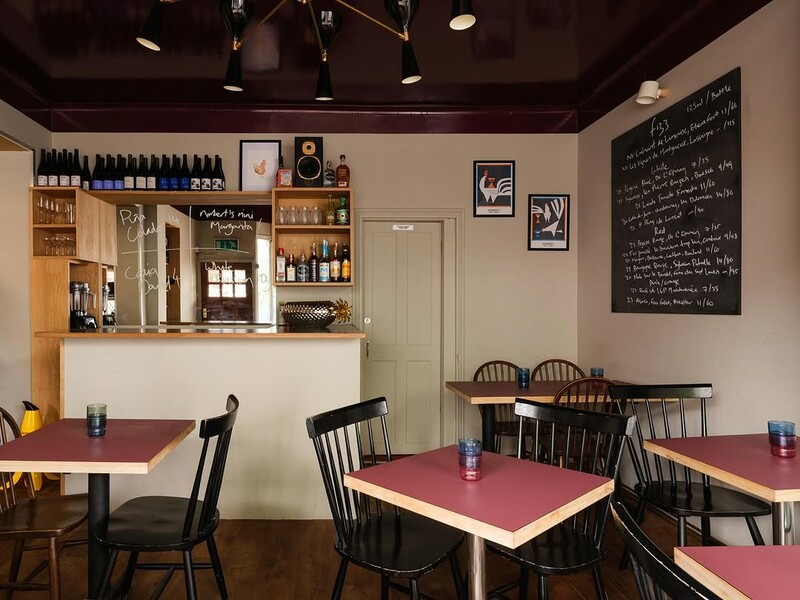
This tiny, no reservations, newcomer in East Dulwich is fast becoming a local favourite, serving only rotisserie chicken and a few sides. The Piña Colada (and its virgin counterpart) take pride of place in the short, simple cocktail menu.
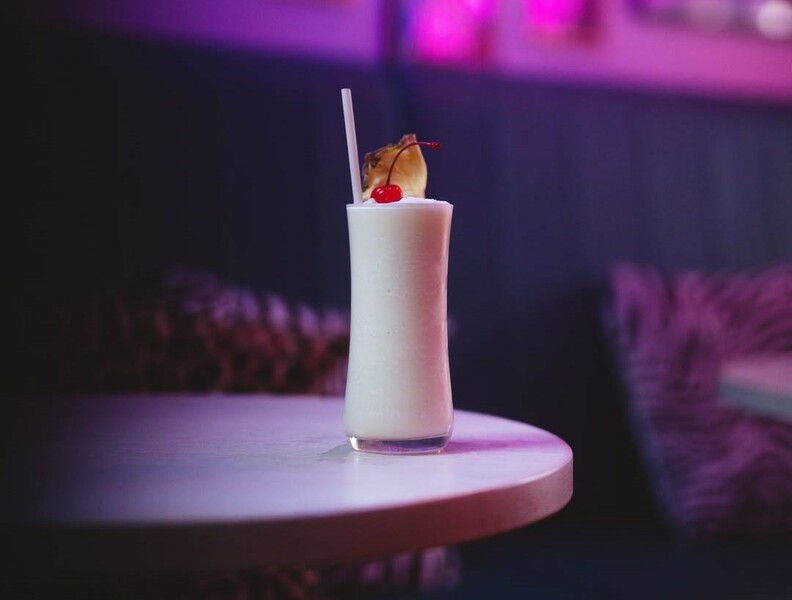
Kiki Lounge
This cocktail bar on the Isle of Man started as a pandemic pop-up and tropical haven in the Irish Sea. Stretching the definition of a Piña Colada they serve ‘Piña Colada in a manly glass’: a pint of Clwb Tropica IPA served with a shot of coconut rum. “A playful (but pointed) response to the kind of fragile masculinity that flinches at the idea of drinking from a stemmed or curved glass, ” explains owner Jamie Lewis. The bar’s zine-style menu breaks down histories, demystifies spirits and gives context to the drinks beyond the bar.
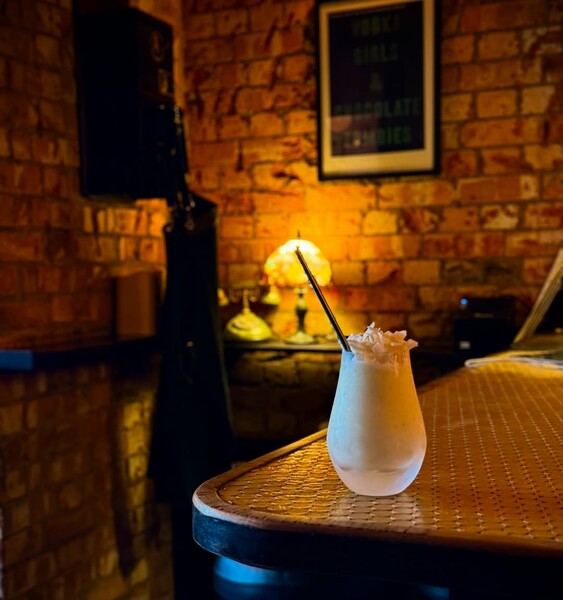
This French-inspired bar in Bethnal Green, East London, does a fancy take on the drink – the Champagne Piña Colada. Using a rum blend, rhum agricole, pineapple, coconut sorbet and topped with Champagne, it plays on the idea of ingredients from around the world meeting in a glass.
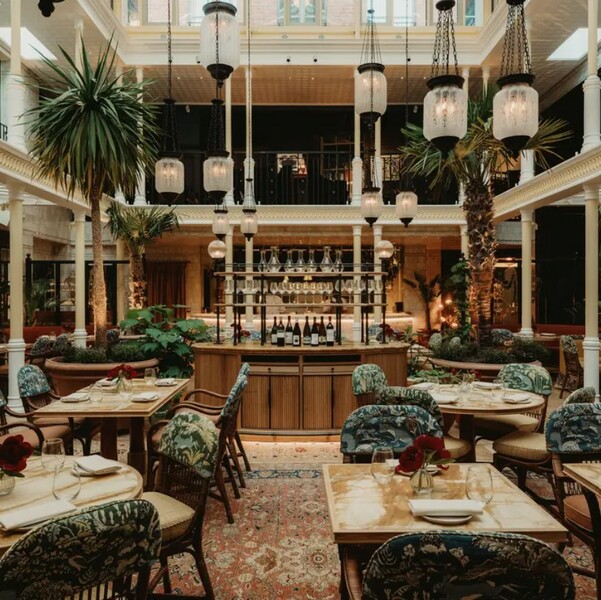
This restaurant at luxury hotel NoMad London plays on New York nostalgia and serves a cracking cocktail list. Leaning into modern trends, their Piña Colada uses a clarified milk punch, which gives the drink a silky texture, without compromising the all-important fusing of pineapple and coconut.
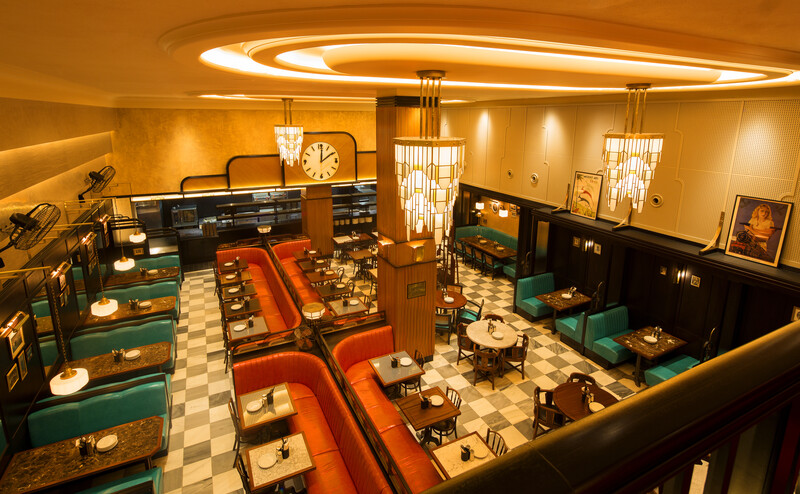
At Dishoom and its spin-off Permit Room, the Blushing Colada ramps up the tropical flavours with the inclusion of dragon fruit and paw paw (for that fetching pink hue) alongside coconut cream, pineapple juice, and Flor de Caña rum.
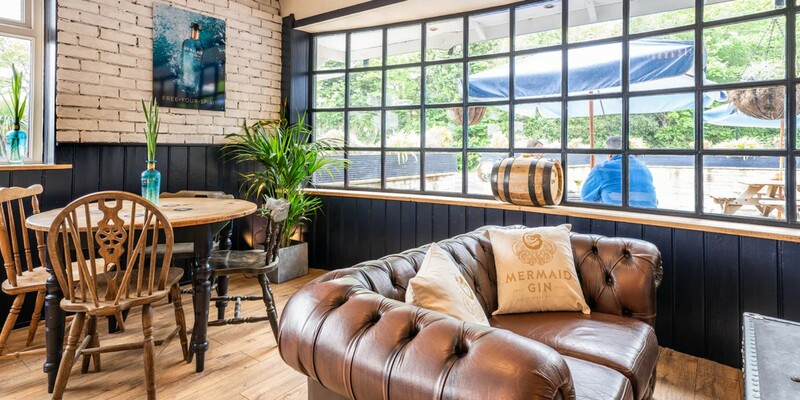
At this relaxed restaurant on the site of the Mermaid Gin distillery on the Isle of Wight, they’ve given the Piña Colada a gin spin with the ‘Ginacolada’. And with its sunny veranda, this spot has island living perfected.
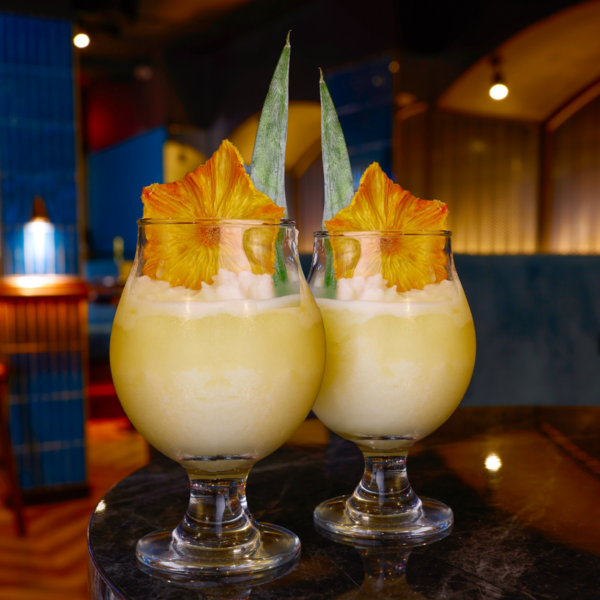
With branches up and down the country, you’re never too far from your tropical dream drink. Be At One may be mainstream but it is highly regarded among bar industry insiders for its consistent quality and training. Choose the classic Piña Colada or the Absinthe Colada for a little extra kick.

